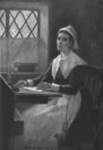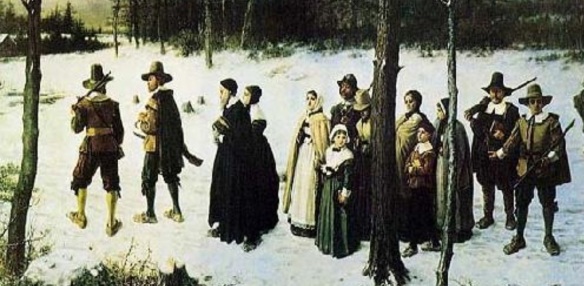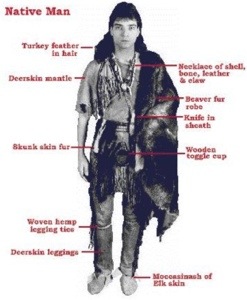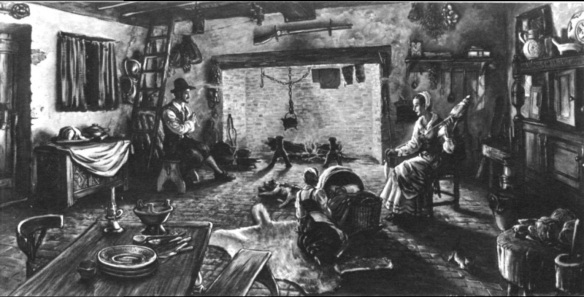Reading the poems of Anne Bradstreet, has not only inspired me, but many generations before my time. Bradstreet was the first woman in America to have a book of her poetry published. [http://www.annebradstreet.com/] This was a huge stride for the beginning of feminine recognition. Bradstreet wrote about things that were important to her, such as her husband, family, and her faith. Having read a few of her poems, the religious impact of the Puritan lifestyle is very obvious. It made me however, question the integrity of her religious beliefs, and what her life would have been like without them. Just how much of an effect does religion have on a person’s everyday life?
[http://m.youtube.com/watch?v=fy1IOIlpKaw]
[http://en.wikipedia.org/wiki/File:Annebradstreet.jpg]
What isn’t always told about Anne Bradstreet is her many life struggles. Bradstreet had difficulties adjusting to the new land, and was constantly suffering from various illnesses. Another struggle Bradstreet faced was loneliness. The majority of Bradstreet’s poems were written while her husband was away handling political issues. [http://www.annebradstreet.com/] It could be a common assumption that Bradstreet had came up with ways of dealing with these problems. But just what were these ways?
According to studies done by Patrick Fagan, Ph.D., religion has many benefits, especially on those going through difficult times. Over the past decade Fagan’s studies have shown that regular attendance at religious services can be linked with stable family life, and strong marriages (two things of which Bradstreet often wrote about). There were also signs that religion can be linked with mental health and happiness. [http://www.heritage.org/research/reports/2006/12/why-religion-matters-even-more-the-impact-of-religious-practice-on-social-stability] In my opinion, religion is proven to be the obvious reason why Bradstreet was able to hold her life together.
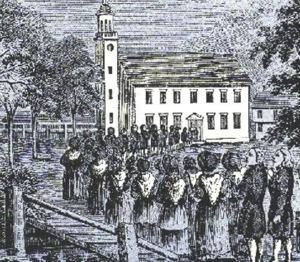
[http://www2.maxwell.syr.edu/plegal/tips/t4prod/gelfandwq1.html]
I believe that Bradstreet’s religion helped brighten her daily life, but also put a damper on her writing. Bradstreet had a huge fascination with the human mind, spirit, and inner guidance. [http://www.annebradstreet.com/] However, her writing was mostly constricted to that of the Puritan ethics. Even so, Bradstreet did often question Puritan life, and even questioned God. [http://suite101.com/article/the-influence-of-religion-on-anne-bradstreets-writings-a320433] Needless to say, Bradstreet never left her community or religion. Had she left though, I believe her life would have been changed enormously. Bradstreet would have been given the ability to speak and write freely of her inner most thoughts, and not always have to abide by the standards of what men deemed the proper place for women in society. However, leaving behind her life in that time period would have been rather hard for any woman to do successfully alone.

